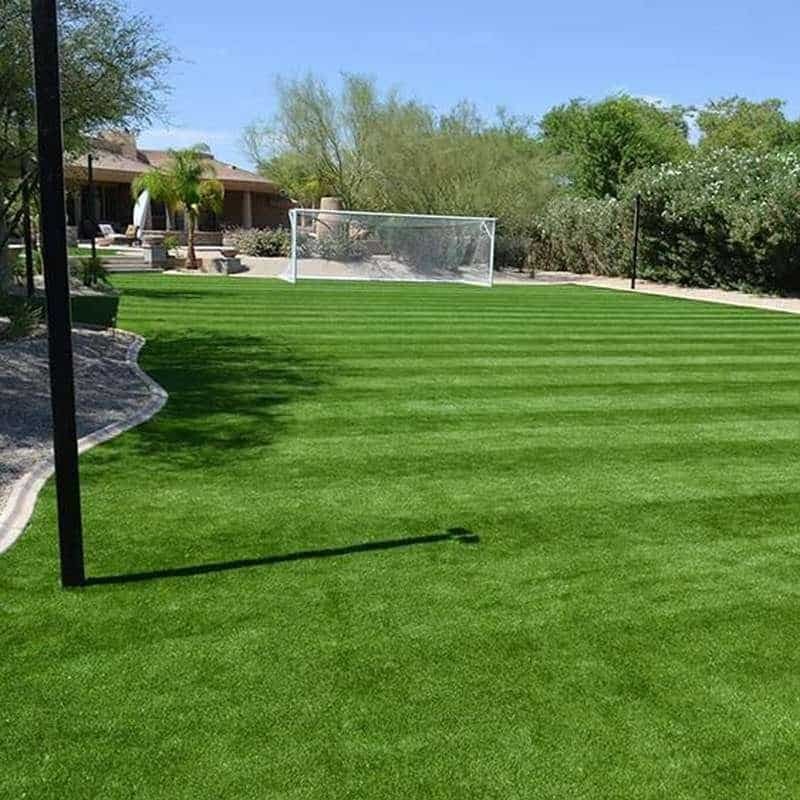Before beginning the installation of artificial turf, several key factors should be considered to ensure a successful and satisfactory result. Here are some important things you need to know before installing artificial grass:
1. Site preparation:
Surface Inspection: Conduct a thorough inspection of the installation site to assess the condition of the existing surface (e.g. soil, concrete, grass). Make sure the area is free of debris, weeds, and other obstructions that could hinder the installation process.
Grading: Properly grade the site to ensure adequate drainage and a level base for the artificial turf. Eliminate slopes or uneven surfaces to prevent water accumulation and ensure optimal artificial turf performance.
2. Drainage Considerations:
Drainage System: Evaluate the existing drainage system or install an appropriate drainage solution to prevent water accumulation on the artificial turf surface. Proper drainage is critical to maintaining the integrity of the lawn and preventing problems such as mold, odors and decay.
3. Material selection:
Quality of artificial turf: Choose a high-quality artificial turf that is designed for the intended use and the climatic conditions at the installation site. Consider factors such as durability, pile height, color and texture to choose a product that meets your aesthetic preferences and performance needs.
4. Filling options:
Type of infill: Select an appropriate infill material (e.g. quartz sand, rubber crumb, thermoplastic elastomers) based on the application and desired performance characteristics of the artificial turf. The filling supports the turf fibers, increases stability and improves shock absorption.
5. Installation process:
Professional Installation: While DIY installation is possible, hiring professional installers with experience installing artificial grass can ensure a seamless and lasting result. Proper installation techniques, including seam sealing, stretching and infill distribution, are critical to the longevity and performance of artificial turf.
6. Maintenance Requirements:
Cleaning and Maintenance: Familiarize yourself with the maintenance required to keep your artificial turf looking its best, such as: B. regular brushing, removing dirt and occasional rinsing. Follow manufacturer recommendations for cleaning products and equipment to avoid damage to the turf fibers.
7. Climate aspects:
Temperature and Sun Exposure: When selecting artificial turf products, consider the climatic conditions of your location, including temperature fluctuations and sun exposure. UV-resistant turf and heat-reducing technologies can help mitigate issues related to heat retention and color fading.
8. Budget and cost analysis:
Cost Estimate: Create a comprehensive budget that takes into account the cost of materials, labor, equipment and additional services required to install artificial turf. When evaluating the overall cost-effectiveness of artificial turf, consider long-term savings in maintenance and water costs.
By considering these essential factors before installing artificial turf, you can make informed decisions, anticipate potential challenges, and create a beautiful and functional landscape that meets your needs and expectations. Proper planning and attention to detail during the installation process will help you achieve a successful outcome and enjoy the benefits of artificial turf for many years to come.

